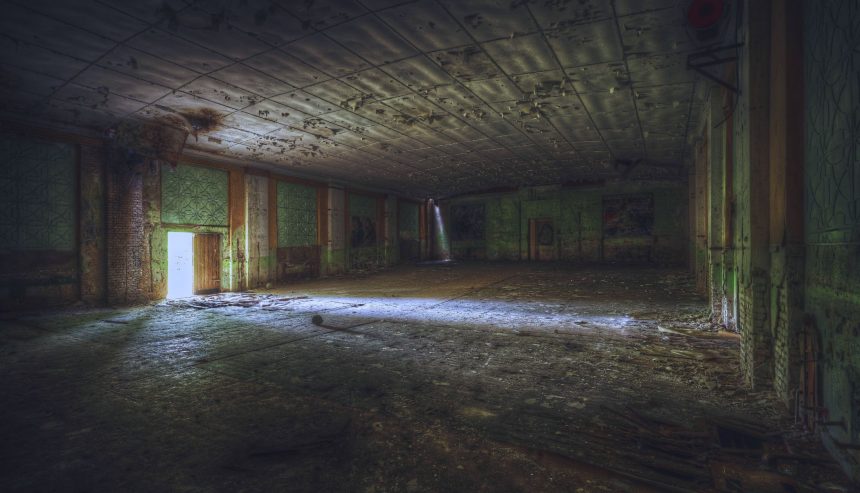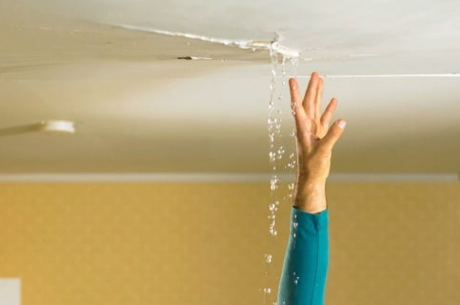Crawl space encapsulation is a term that might not roll off the tongue in everyday conversation, but its significance for homeowners cannot be overstated. Beneath many homes lies a hidden area, often overlooked yet crucial to the structural integrity and indoor air quality of the entire dwelling.
In this post, we’ll delve into the world of crawl space encapsulation, exploring what it entails and the myriad benefits it brings to homeowners. From moisture control to improved energy efficiency, the advantages of encapsulating your crawl space extend far beyond mere convenience, offering a safeguard for your home’s longevity and your family’s well-being.
What is crawl space?
A crawl space is an area underneath a building, typically found in homes with raised foundations. Unlike a basement, which has higher ceilings and may be used as living or storage space, a crawl space is typically shallow, with limited headroom, just enough for someone to crawl (hence the name) or kneel.
Crawl spaces are commonly found in regions where basements are less common due to factors like soil type, water tables, or local building practices. They serve several purposes, including providing access to plumbing, electrical wiring, and HVAC systems, as well as allowing for ventilation and insulation beneath the home.
What is crawl space encapsulation?
Crawl space encapsulation is a process of sealing off and conditioning the crawl space beneath a home to create a controlled environment. It involves installing a vapor barrier or liner along the walls and floor of the crawl space to prevent moisture intrusion from the ground. Additionally, crawl space encapsulation typically includes sealing off vents and other openings to the outside, as well as insulating the walls and possibly the floor to maintain consistent temperatures.
Once encapsulated, the crawl space may be conditioned by installing a dehumidifier or HVAC ducts to regulate humidity levels and temperature. This process effectively separates the crawl space from the outside environment, creating a cleaner, drier, and more stable space beneath the home.
Crawl space encapsulation offers numerous benefits, including moisture control to prevent mold and mildew growth, improved indoor air quality, enhanced energy efficiency, and protection against structural damage caused by moisture and pests.
Crawl Space vs Basement
Crawl spaces are typically shallow areas beneath homes, offering limited headroom for maintenance and access to utilities.
Basements, on the other hand, have higher ceilings and are often used as living or storage space.
Basements provide more usable space but are generally more expensive to build and maintain compared to crawl spaces.
Crawl Space Encapsulation Cost
The cost of crawl space encapsulation can vary depending on factors such as the size of the crawl space, the extent of moisture or insulation issues, local labor rates, and the materials used.
On average, homeowners can expect to pay anywhere from $1,500 to $15,000 or more for crawl space encapsulation.
It’s important to consider the long-term benefits of encapsulation, such as improved indoor air quality and energy efficiency, when evaluating the cost.
Crawl Space Encapsulation Materials:
Common materials used in crawl space encapsulation include:
- Vapor barriers or liners: Typically made of polyethylene or similar materials, these barriers are installed on the walls and floor of the crawl space to prevent moisture intrusion.
- Insulation: Insulating materials such as foam board or spray foam may be installed on the walls and/or floor to help maintain consistent temperatures.
- Sealants: Sealants are used to close off vents, gaps, and other openings to the outside to prevent air and moisture infiltration.
- Dehumidifiers or HVAC systems: These systems may be installed to regulate humidity levels and improve air quality within the encapsulated crawl space.
Benefits of Crawl Space Encapsulation
- Moisture Control: Encapsulation helps prevent moisture intrusion, reducing the risk of mold, mildew, and structural damage.
- Improved Indoor Air Quality: By sealing off the crawl space from the outside environment, encapsulation helps prevent the entry of allergens, pollutants, and other contaminants into the home.
- Enhanced Energy Efficiency: Encapsulation can help reduce energy costs by minimizing heat loss and improving the effectiveness of HVAC systems.
- Structural Protection: By keeping moisture and pests out, encapsulation helps protect the structural integrity of the home, prolonging its lifespan.
DIY Crawl Space Encapsulation:
While crawl space encapsulation is often best left to professionals due to its complexity and potential hazards (like mold or structural issues), some homeowners may choose to undertake it themselves.
DIY encapsulation typically involves purchasing materials such as vapor barriers, insulation, sealants, and possibly a dehumidifier, and following step-by-step guides or instructional videos.
It’s crucial to thoroughly research and understand the process, ensure proper safety measures are in place, and address any underlying issues such as moisture or pests before beginning the encapsulation.
Alternatives to Crawl Space Encapsulation:
Encapsulation may not be suitable for every situation or budget. Here are some alternatives:
- Ventilation: Improving ventilation in the crawl space by installing vents or fans can help reduce moisture buildup and improve air circulation. However, this method may not be as effective in humid climates or areas prone to flooding.
- Crawl Space Dehumidifiers: Instead of encapsulating the entire crawl space, installing a dehumidifier specifically designed for crawl spaces can help control moisture levels without sealing off the area completely.
- Crawl Space Waterproofing: If moisture infiltration is the primary concern, waterproofing the crawl space by sealing cracks, applying waterproof coatings to walls, and installing drainage systems may be a viable alternative to encapsulation.
- Crawl Space Insulation: Adding insulation to the walls and/or floor of the crawl space can help regulate temperatures and reduce energy costs without necessarily encapsulating the space.
Frequently Asked Questions
Is a crawl space encapsulation necessary?
Whether crawl space encapsulation is necessary depends on various factors, including the climate, the condition of the crawl space, and the goals of the homeowner. Here are some considerations to help determine if encapsulation is necessary:
Moisture Issues: If your crawl space experiences high humidity levels or moisture problems, encapsulation can be an effective solution. Moisture can lead to mold growth, wood rot, and structural damage, as well as contribute to poor indoor air quality.
Pest Infestation: If your crawl space is prone to pest infestations, such as termites or rodents, encapsulation can help prevent their entry into your home by sealing off access points.
Energy Efficiency: Encapsulating the crawl space can improve energy efficiency by reducing heat loss in the winter and heat gain in the summer. This can lead to lower heating and cooling costs.
Indoor Air Quality: Encapsulation helps prevent the entry of allergens, pollutants, and other contaminants into your home, resulting in improved indoor air quality.
Structural Integrity: If your crawl space is susceptible to structural damage due to moisture or pests, encapsulation can help protect the integrity of your home’s foundation and structural components.
What is the difference between a vapor barrier and insulation?
A vapor barrier and insulation serve different purposes in a building’s construction and are often used together to achieve optimal energy efficiency and moisture control. while both vapor barriers and insulation play crucial roles in controlling moisture and temperature within a building, their functions are distinct. Vapor barriers primarily prevent the transmission of water vapor, while insulation primarily reduces heat transfer. However, when used together properly, they can complement each other to create a more energy-efficient and comfortable living environment.
In the realm of home maintenance and improvement, crawl space encapsulation stands out as a valuable investment with multifaceted benefits. By sealing off this often-neglected area beneath your home, you’re not just addressing moisture issues or energy inefficiencies—you’re safeguarding the integrity of your home’s structure and enhancing the quality of your indoor environment. From mitigating moisture-related problems like mold and pests to improving energy efficiency and indoor air quality, the advantages of crawl space encapsulation are far-reaching and long-lasting.
Whether you opt for a professional encapsulation service or embark on a DIY journey, it’s clear that the benefits of a properly encapsulated crawl space extend well beyond mere convenience. They contribute to the overall health, comfort, and longevity of your home, ensuring that it remains a safe and welcoming haven for you and your family for years to come. So, consider the unique needs of your home and take the necessary steps to encapsulate your crawl space—your home will thank you for it in more ways than one.




 PuroClean Emergency Recovery Services
PuroClean Emergency Recovery Services